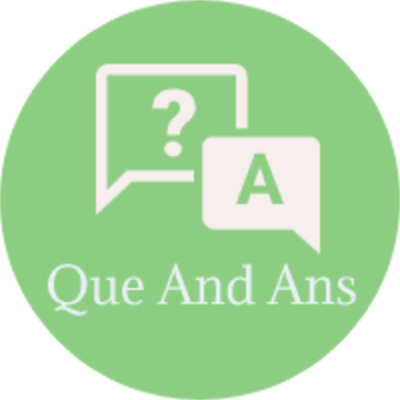Operating System – Memory-Mapped I/O Input Output Long Questions Answers
 Here in this section of Operating System Long Questions and Answers,We have listed out some of the important Long Questions with Answers on Memory-Mapped I/O Input Output which will help students to answer it correctly in their University Written Exam.
Here in this section of Operating System Long Questions and Answers,We have listed out some of the important Long Questions with Answers on Memory-Mapped I/O Input Output which will help students to answer it correctly in their University Written Exam.Lists of Long Descriptive type Questions that may be asked in Written Exams.
- (1) Explain Memory-Mapped I/O
Question-1 Explain Memory-Mapped I/O
- Each device controller has a few registers that are used for communicating with the CPU.
- By writing into these registers, the OS can command the device to deliver data, accept data, switch itself on or off, or perform some action.
- By reading from these registers OS can learn what the device’s status is, whether it is prepared to accept a new command and so on.
- There are two ways to communicate with control registers and the device buffers
- I/O Port.
- Memory mapped I/O.
I/O Port
- Each control register is assigned an I/O port number, an 8 or 16 bit integer.
- The set of all the I/O ports form the I/O port space and is protected so that ordinary user program cannot access it.
Memory-Mapped I/O
- Memory mapped I/O is an approach to map all the control registers into memory space.
- Each control register is assigned a unique memory address to which no memory is assigned, this system is called memory mapped I/O.
- Generally assigned addresses are at the top of the address space.
- When CPU wants to read a word, either from memory or an I/O port, it puts the address it needs on the bus’ address lines and then issues a READ signal on bus’ control line.
- A second signal line is used to tell whether I/O space or memory space is needed.
- If it is memory space, the memory responds to the request. If it is I/O space, the I/O device responds to the request.

Figure (a) Separate I/O and memory space. (b) Memory-mapped I/O. (c) Hybrid.
Advantages:
- With memory mapped I/O, device control registers are just variables in memory. So with memory mapped I/O device drivers can easily be written in ‘C’ like languages, no assembly code is required to access registers.
- No special protection mechanism is needed to keep user processes from performing I/O.
- With memory-mapped I/O, every instruction that can reference memory can also reference control registers.
Disadvantages:
- Most computers nowadays have some form of cashing of memory words. Cashing a device control registers would create problems, cashing needs to be disabled in paging system.
- If there is only one address space, then all memory modules and all I/O devices must examine all memory reference to see which ones to respond to.